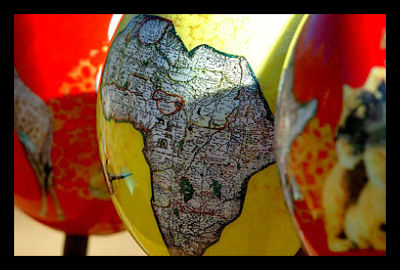Inaccurate Human Development Report

The 2014 Human Development Report’s set release date is July 24, 2014. Launched every year by the United Nations, the report includes information on the current state of the world in regards to poverty, health, sustainability and other elements of human progress. This year, the report’s theme is “Sustaining Human Progress: Reducing Vulnerabilities and Building Resilience,” and it may not be accurate.
Unfortunately, vulnerabilities may not be represented correctly in this year’s Human Development Report on India. The Human Development Report Office pulls statistics from the Multi-dimensional Poverty Index to complete its report, but the MPI gathers its data from somewhere as well. For information on health and nutrition in India, the MPI looks to the National Family Health Survey (NFHS), the country’s main source of accurate data on mortality rates, effects of malnutrition and reproductive health.
The NFHS is a USAID funded project from the Ministry of Health and Family Welfare and the Mumbai-based International Institute for Population Sciences. It is a survey that goes out to households in India to gather information about health and nutrition. The questionnaire varies depending on its recipient in order to classify information effectively.
The NFHS has been conducted three times previously, in 1992 and 1993, in 1998 and 1999 and most recently in 2005 and 2006. Following this pattern, researchers should have started fieldwork for the next survey in 2010. However, disputes about whether the census should handle family health statistics put research at a standstill. In the end, officials agreed to continue using the NFHS through the Ministry of Health and Family Welfare, but the disagreements set research back a few years.
The NFHS is preparing to release its next set of results in 2015, meaning that information given to the MPI and, in turn, the 2014 Human Development Report, may not be accurate. The last time that India had accurate, up-to-date information from the NFHS was eight years ago in 2006. Given the amount of change that India has gone through in the last decade, it would be unfair to assume that statistics on nutrition and well-being found in the Human Development Report would be the same today as they were in 2006.
In 2015, the NFHS will have current information on non-communicable diseases, something that it has not reported on in great detail in the past. These results will not be documented in the 2014 Human Development Report.
Though the results may be delayed, the 2014-15 NFHS will reveal the changes in India’s health over the past eight years. A future Human Development Report will have more precise statistics on Indian health and, therefore, will be able to compare its progress to that of other countries.
– Emily Walthouse
Sources: The Hindu, United Nations Development Programme, International Institute for Population Sciences, International Institute for Population Sciences
Photo: The Guardian
